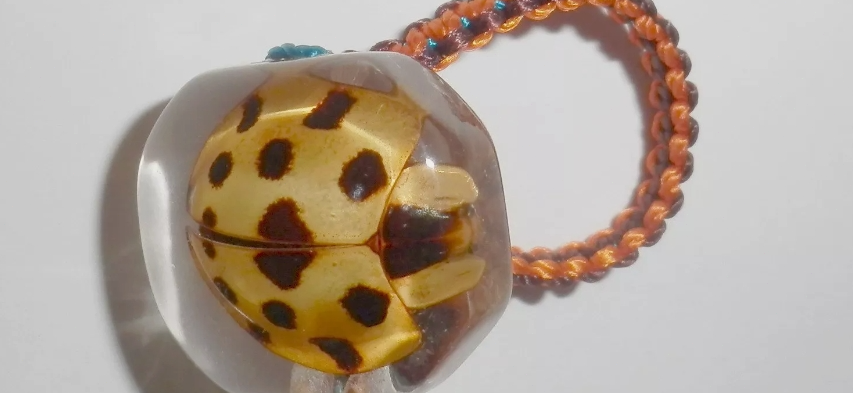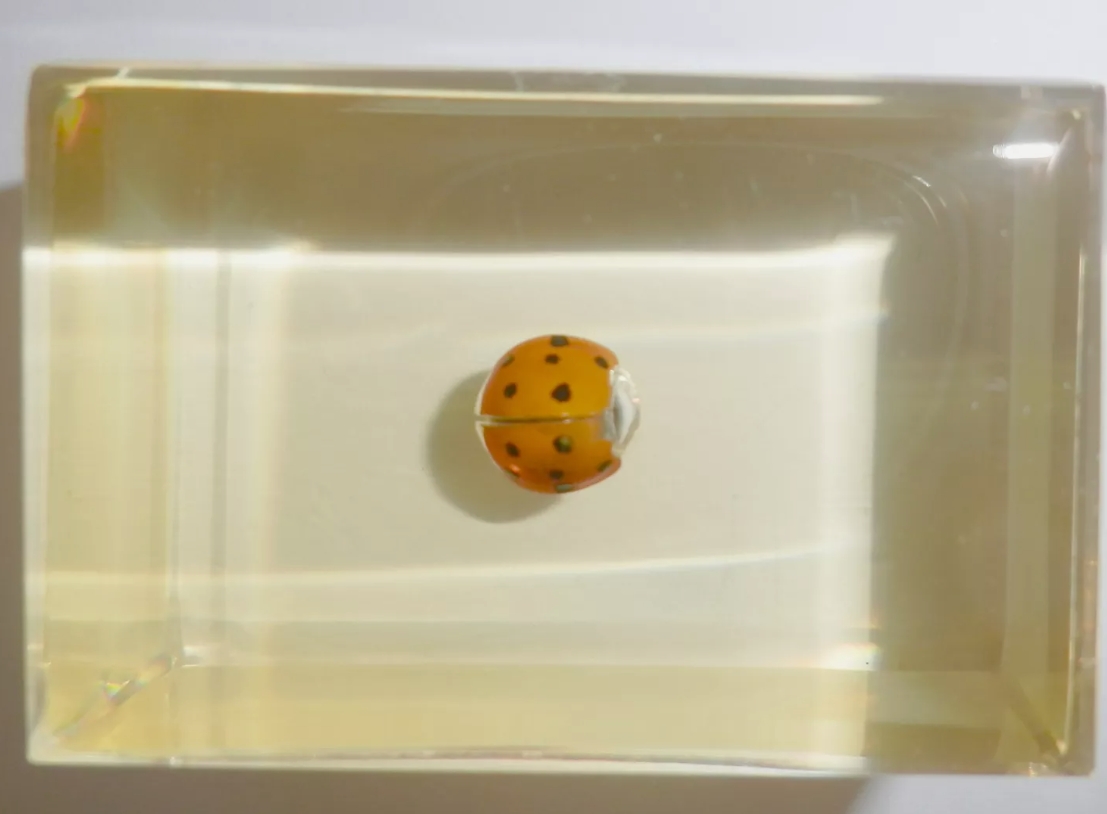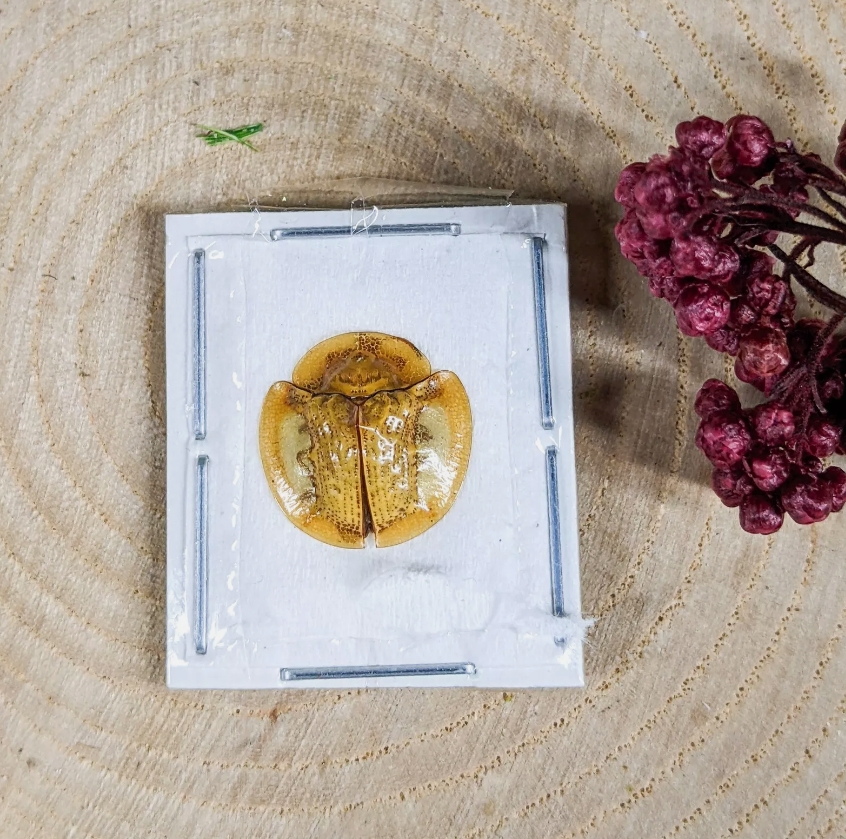The ladybug, a small and delicate creature, attracts the attention of many observers with its bright colors and cute form. They are not only an important member of the natural world, but also a beneficial insect in the ecosystem. In the process of studying insects, the production and preservation of ladybug specimens is of great scientific value.
Ladybug specimens are usually made from captured live ladybugs that have been carefully treated. The first step in making a specimen is to select the right ladybug species. These creatures come in a variety of colors and patterns, with common ones being bright red, yellow, and black. Observing the morphological characteristics of the ladybird, such as the structure of the head, antennae, and wings, is crucial for specimen preparation. Secondly, through proper specimen fixation and drying, its shape and color can be effectively maintained. The common method is to place it in a solution containing alcohol or other fixative, and then dry it after a period of time.
In the process of specimen preparation, it is particularly important to record the collected information of each ladybug in detail. This includes collection time, location, environmental characteristics,etc. This information provides basic data for subsequent scientific research and helps ecologists and biologists to analyze the distribution and habits of different ladybug populations.
The specimen of the ladybird is not only a beautiful appearance,but also a deep understanding of the natural world. They play an important role in the ecosystem, primarily feeding on pests such as aphids and being nature protectors of crops. Therefore,the study of ladybugs contributes to the development of agricultural science and provides scientific basis for biological control.




